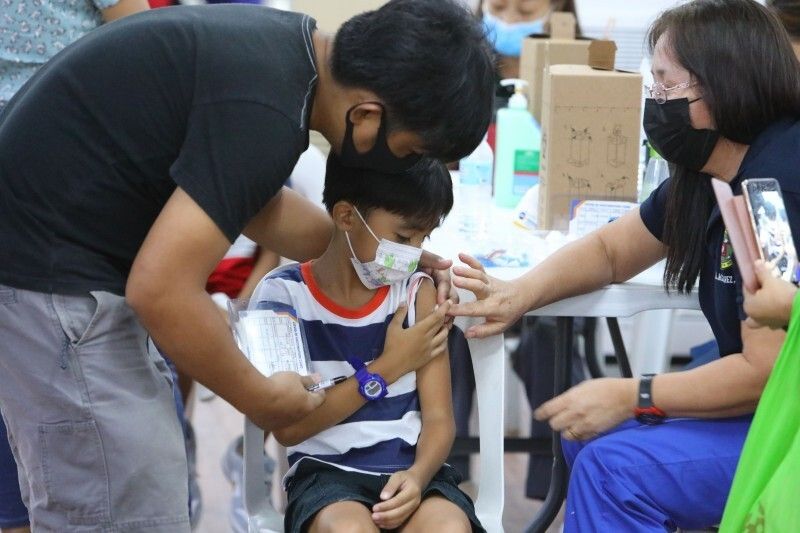OCTA projects Metro Manila COVID-19 cases to peak in seven days

MANILA, Philippines — Private think tank OCTA Research projects that COVID-19 cases in Metro Manila will reach their peak in seven days as indicators such as the growth rate and the reproduction number decrease despite the continued rise in cases.
“With the current rate of decrease, the peak in the NCR (National Capital Region) could happen within seven days,” OCTA said Saturday in a bulletin.
NCR growth rate at 28%. Cases are still rising but the current trends project to a peak within seven days. NCR ADAR at 5.57 per day per 100k. Hospital occupancy remained low at 29.6%. The public is advised to take necessary precautions. #COVID pic.twitter.com/YaqBsw1nB9
— Dr. Guido David (@iamguidodavid) July 16, 2022
It said that while COVID-19 cases in the capital region still increased in the past week, it did so at a lower growth rate of 28% compared to 41% from the previous week.
The reproduction number, or the number of people who can catch the virus from an infected person, in Metro Manila also dropped to 1.38 from 1.49 as of July 5.
Metro Manila saw a higher seven-day average during the week of July 9 to 15, when it recorded an average of 802 cases per day compared to 624 cases per day from July 2 to 8.
This brought the average daily attack rate, or the number of new cases for every 100,000 people, to 5.57, near the “moderate” threshold set by the Department of Health.
“This current wave is still far from the levels of the Delta surge and the January Omicron surge, and hospitals are not likely to get filled up,” OCTA said, while still advising the public to take necessary precautions.
OCTA reported that the healthcare utilization rate in Metro Manila remained “low” at 29.6% with 1,827 beds occupied and ICU occupancy for COVID-19 cases also remained “low” at 29.6% with 210 beds occupied.
The Department of Health reported Friday that the weekly positivity rate in Metro Manila climbed to 13% while it stood at 10% nationwide, but maintained that the capital region and the rest of the country are still at “low risk.” — Xave Gregorio
- Latest
- Trending
































